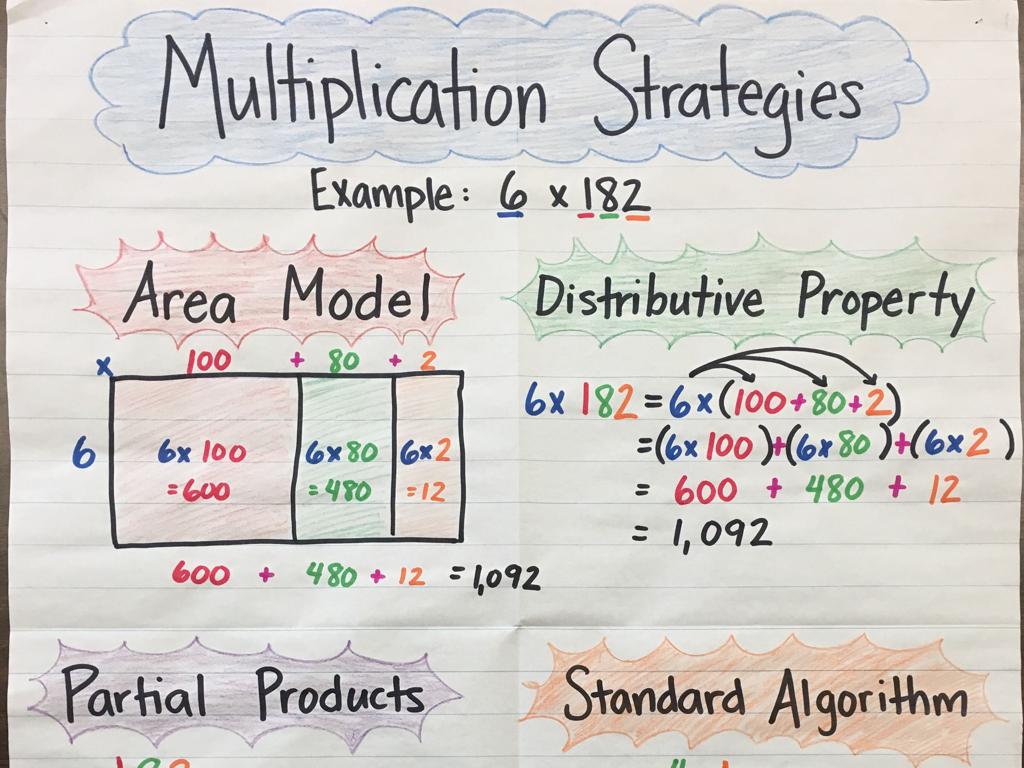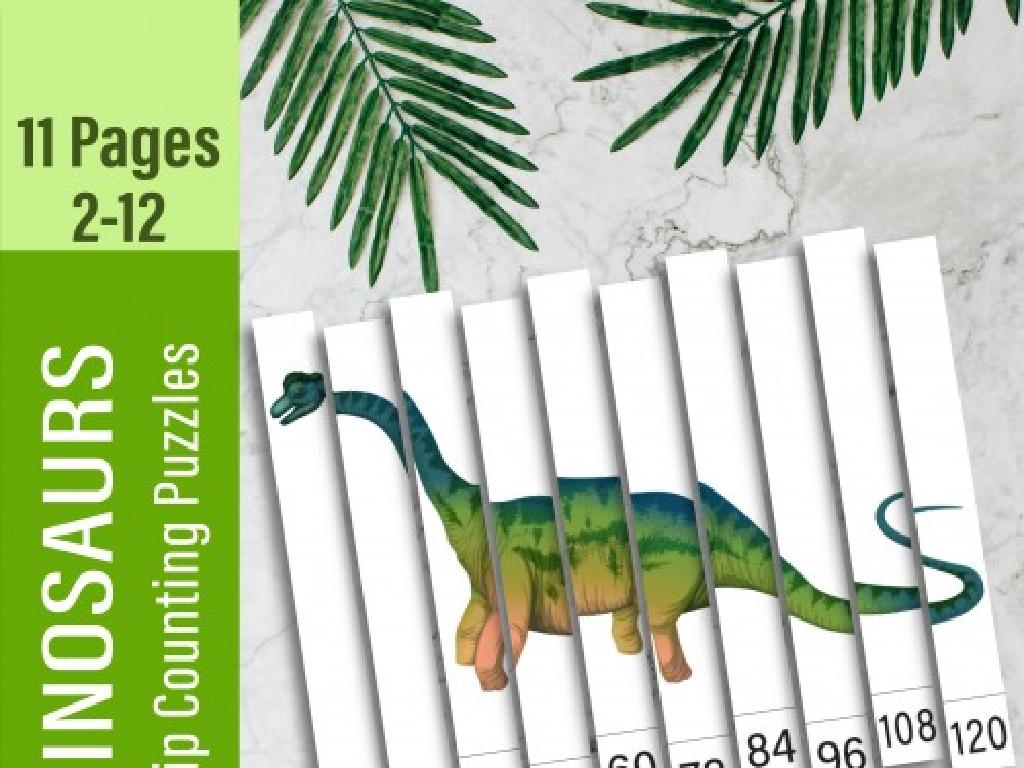Identify And Select Countries Of Northern And Central America
Subject: Social studies
Grade: Seventh grade
Topic: The Americas: Geography
Please LOG IN to download the presentation. Access is available to registered users only.
View More Content
Exploring Northern & Central America
– Geography of The Americas
– The Americas consist of diverse landscapes and climates.
– Geography’s role in daily life
– Geography influences food, culture, and economy.
– Countries of Northern America
– Explore Canada, USA, and Mexico.
– Countries of Central America
– Learn about Belize, Guatemala, El Salvador, and more.
|
This slide introduces students to the geography of The Americas with a focus on Northern and Central America. Begin by discussing the various geographical features found across the continents, such as mountains, rivers, and forests, and how these features shape the countries within. Emphasize the importance of geography in everyday life, including its impact on the food we eat, the clothes we wear, and the way communities are structured. Today’s lesson will concentrate on identifying the countries of Northern America (Canada, USA, Mexico) and Central America (Belize, Guatemala, Honduras, El Salvador, Nicaragua, Costa Rica, and Panama). Encourage students to think about how geography might influence the culture and lifestyle in each of these countries. The goal is for students to be able to locate and recognize these countries on a map and understand their significance in the context of The Americas.
Exploring Geography: The Americas
– Define Geography
– Geography is the study of places, the relationships between people and their environments.
– Physical vs. Human Geography
– Physical geography examines landscapes, while human geography looks at how humans affect those landscapes.
– Geography’s impact on culture
– Cultural practices, resources, and societal development are influenced by geographical location.
– Case study: Northern & Central America
– Analyze how the geography of Northern & Central America shapes the lives of people there.
|
This slide introduces students to the fundamental concepts of geography, distinguishing between the physical aspects of the Earth and the human elements that interact with them. Emphasize that geography is not just about maps and locations; it’s about understanding the complex relationship between people and the environment. Highlight how geography can influence cultural traditions, availability of resources, and societal structures. Use Northern and Central America as a case study to show real-world examples of how geography affects the way societies develop and interact with their environment. Encourage students to think about how the geography of their own region has shaped their daily lives.
Geography of Northern & Central America
– Countries in Northern America
– Canada, United States, Mexico
– Exploring Central America
– Belize, Costa Rica, El Salvador, Guatemala, Honduras, Nicaragua, Panama
– Geographical features
– Mountains, forests, coastlines, and more
– Diversity of landscapes
– Each country has its own unique terrain and climate
|
This slide aims to help students identify and locate the countries of Northern and Central America on a map. Start with the three large countries in Northern America: Canada, the United States, and Mexico, pointing out their relative positions and any significant geographical features such as the Rocky Mountains or the Great Lakes. Then, move on to the seven countries of Central America, from Belize to Panama, discussing their placement on the isthmus connecting North and South America. Highlight the unique geographical features of each region, such as the mountain ranges, tropical rainforests, and volcanic landscapes. Emphasize the diversity of landscapes and climates found across these regions, which contribute to the rich biodiversity and cultural variety in each country. Encourage students to explore these countries further in their own time, perhaps starting with the ones they find most interesting.
Geography of Northern & Central America
– Major mountains & water bodies
– Explore the Rockies, Appalachians, and the Great Lakes
– Climate zones in the region
– Discuss tropical, temperate, and arid climates found
– Natural resources
– Identify resources like minerals, forests, and fossil fuels
– Land use patterns
– Agricultural lands vs urban areas
|
This slide aims to give students a comprehensive overview of the physical geography of Northern and Central America. Start by discussing the major mountain ranges such as the Rocky Mountains and the Appalachian Mountains, as well as significant bodies of water like the Great Lakes. Move on to the various climate zones found across these regions, from the tropical climates near the equator to the temperate zones further north. Highlight the abundance of natural resources, including minerals, forests, and fossil fuels, and how these resources shape the economy and land use. Discuss the balance between agricultural lands and urban development. Encourage students to think about how these physical features and resources affect the lives of people living in these areas.
Cultural and Political Geography of The Americas
– Diversity in Northern & Central America
– A mosaic of cultures including indigenous peoples and influences from Europe, Africa, and Asia
– Varied political systems
– From democracies to monarchies, each country has its own system of governance
– Economic activities overview
– Agriculture, mining, and tourism are key economic drivers in different regions
– Trade in the Americas
– Trade agreements like NAFTA impact the economies of these countries
|
This slide aims to give students a broad overview of the cultural and political geography of Northern and Central America. Highlight the rich tapestry of cultures that exist in these regions, influenced by a long history of colonization, migration, and trade. Discuss the different types of political systems, from the federal republic of the United States to the socialist state of Cuba, and how these systems govern the people. Explore the main economic activities such as agriculture in Central America, mining in Mexico, and tourism across the regions. Lastly, touch upon the significance of trade agreements like NAFTA and their effects on the economies of these countries. Encourage students to think about how geography can influence culture, politics, and economy.
Case Study: Mexico – A Country in Focus
– Explore Mexico’s geography
– Mexico features diverse landscapes from beaches to mountains.
– Geographical challenges
– Challenges include natural disasters like earthquakes.
– Cultural and historical highlights
– Rich in history, from ancient Mayans to the modern era.
– Mexico’s global impact
– Mexico’s economy and culture have a significant global influence.
|
This slide aims to provide students with an in-depth understanding of Mexico, a key country in Northern America. Discuss Mexico’s varied geography, including its famous beaches, deserts, and mountain ranges, and how these features influence the country’s climate and agriculture. Address the geographical challenges Mexico faces, such as vulnerability to earthquakes and hurricanes. Highlight Mexico’s rich cultural heritage, including its indigenous civilizations like the Maya and Aztec, Spanish colonization, and the road to its current modern society. Emphasize the importance of Mexico on the world stage, including its economic contributions and cultural exports like cuisine, music, and festivals. Encourage students to think about how geography can shape a country’s culture and history.
Map Labeling Activity: Northern & Central America
– Label countries of Northern & Central America
– Include capitals and major cities
– Mark important physical features
– Mountains, rivers, and other geographical elements
– Collaborate in pairs for research
– Share tasks, discuss findings, and verify information
|
This class activity is designed to help students actively learn the geography of Northern and Central America by labeling a map. Provide each pair with a blank map and access to research materials such as atlases, textbooks, or internet resources. Encourage them to identify and label each country, along with its capital and major cities. They should also mark significant physical features like mountain ranges, rivers, and lakes. This hands-on activity promotes teamwork and research skills. Possible variations of the activity could include focusing on historical sites, economic regions, or climate zones. Assess the completed maps for accuracy and completeness.
Review: Countries of Northern & Central America
– Recap today’s geography lesson
– Open floor for student questions
– Discuss map activity findings
– What did you learn about the countries’ locations?
– Share interesting country facts
– Did you know Costa Rica has over 5% of the world’s biodiversity?
|
This slide aims to consolidate the knowledge gained in today’s lesson on the geography of Northern and Central America. Begin by summarizing the key points covered, such as the names and locations of the countries. Then, invite students to ask any questions they have, fostering an interactive discussion. Reflect on the map activity by asking students to share new insights they gained about the countries’ geographical positions, borders, and significant landmarks. Conclude by sharing captivating facts about the countries, like Costa Rica’s rich biodiversity, to spark students’ interest and curiosity in the region. This will help reinforce their learning and encourage them to explore further.
Homework: Explore a Country of The Americas
– Research a Northern/Central American country
– Focus on geography, culture, economy
– Look into physical landscape, traditions, and financial systems
– Create a short presentation
– Present your findings next class
– Be prepared to discuss and answer questions
|
This homework assignment is designed to deepen students’ understanding of the diverse countries within Northern and Central America. Students should select a country from the region, research its physical geography (such as mountains, rivers, climate), explore cultural aspects (including language, customs, and holidays), and investigate the economy (main industries, level of income, and trade). They will then prepare a short presentation to share their findings. This activity will help students develop research skills and gain a greater appreciation for the variety within the Americas. Encourage them to use reliable sources and to include interesting facts or stories to make their presentation engaging. Provide guidance on presentation skills and remind them to practice at home to be confident during their presentation.





